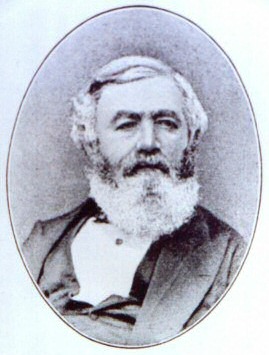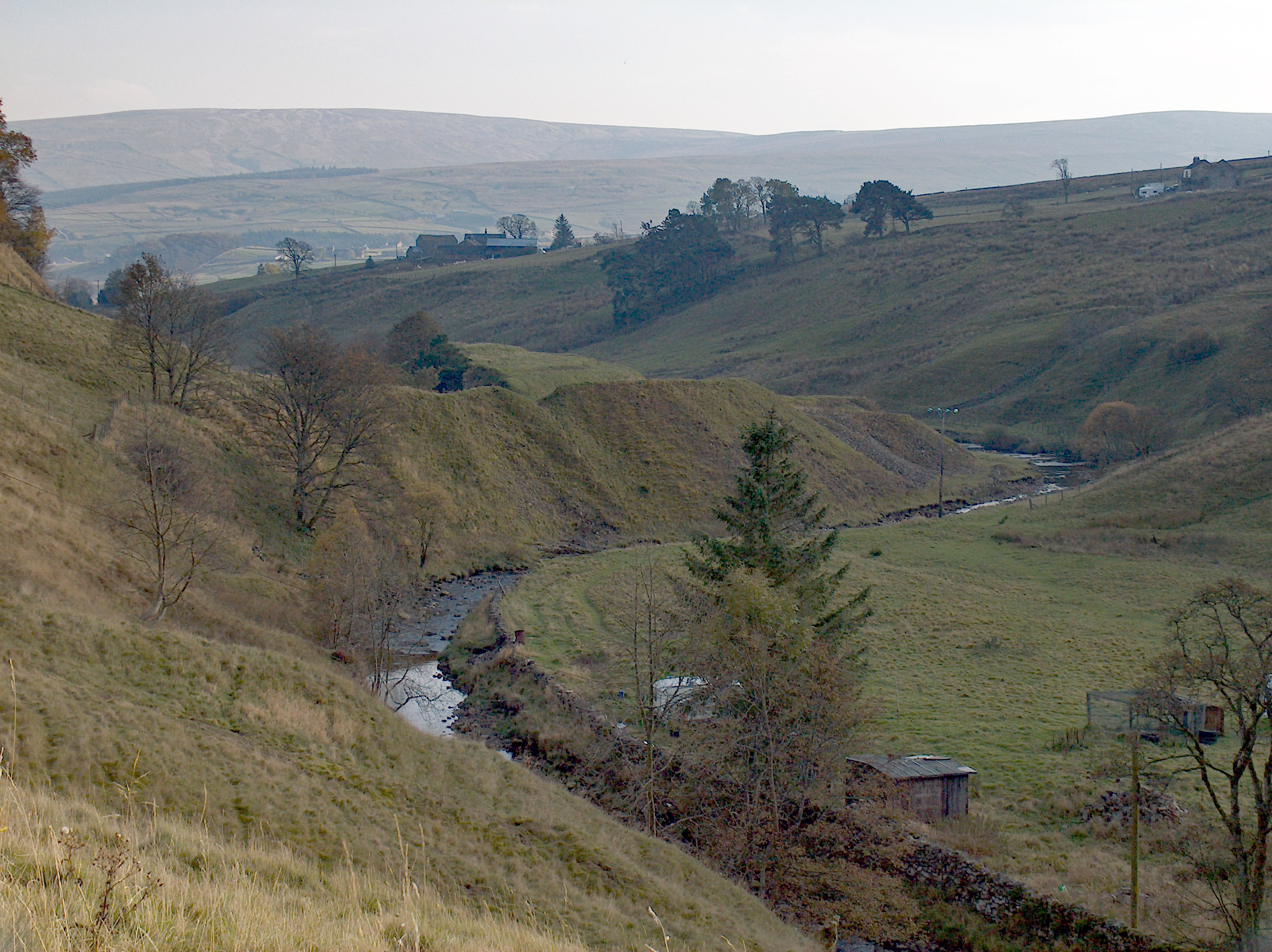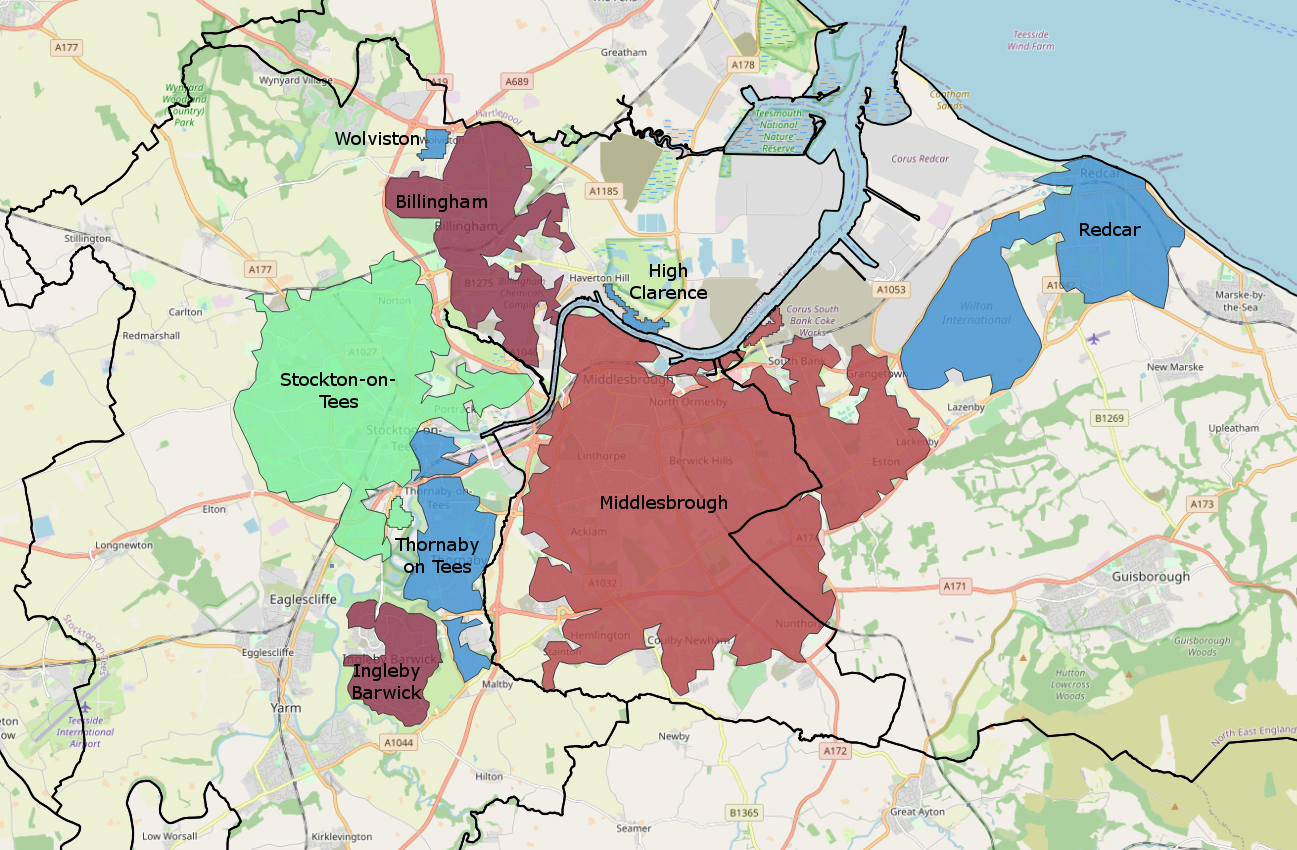|
Bolckow, Vaughan
Bolckow, Vaughan & Co., Ltd was an English ironmaking and mining company founded in 1864, based on the partnership since 1840 of its two founders, Henry Bolckow and John Vaughan. The firm drove the dramatic growth of Middlesbrough and the production of coal and iron in the north-east of England in the 19th century. The two founding partners had an exceptionally close working relationship which lasted until Vaughan's death. By 1907 Bolckow, Vaughan was possibly the largest producer of pig iron in the world. The firm failed to modernise at the start of the 20th century, and was closed in 1929. History Origins, 1840–51 In 1840, Henry Bolckow (1806–1878) and John Vaughan (1799–1868) set up in business in Middlesbrough to make iron. They lived side by side in two town houses, the Cleveland Buildings, about away from their ironworks which were on Vulcan Street, and they married a pair of sisters, which may explain their close friendship. In 1846, Bolckow and Vaughan bu ... [...More Info...] [...Related Items...] OR: [Wikipedia] [Google] [Baidu] |
Blast Furnace
A blast furnace is a type of metallurgical furnace used for smelting to produce industrial metals, generally pig iron, but also others such as lead or copper. ''Blast'' refers to the combustion air being "forced" or supplied above atmospheric pressure. In a blast furnace, fuel ( coke), ores, and flux (limestone) are continuously supplied through the top of the furnace, while a hot blast of air (sometimes with oxygen enrichment) is blown into the lower section of the furnace through a series of pipes called tuyeres, so that the chemical reactions take place throughout the furnace as the material falls downward. The end products are usually molten metal and slag phases tapped from the bottom, and waste gases (flue gas) exiting from the top of the furnace. The downward flow of the ore along with the flux in contact with an upflow of hot, carbon monoxide-rich combustion gases is a countercurrent exchange and chemical reaction process. In contrast, air furnaces (such as reverbera ... [...More Info...] [...Related Items...] OR: [Wikipedia] [Google] [Baidu] |
Eston
Eston is a Village in the borough of Redcar and Cleveland, North Yorkshire, England. The ward covering the area (as well as Lackenby, Lazenby and Wilton) had a population of 7,005 at the 2011 census. It is part of Greater Eston, which includes the outlying settlements of Grangetown, Normanby, South Bank, Teesville and part of Ormesby. Excluding Ormesby, the wider area came under the former Eston Urban District from 1894 until 1968. This was a single civil parish with a district council which had the ability to gain a charter to be a town and become a municipal borough in this case it did not. The County Borough of Teesside was created in 1968. The town remains unparished. History The land around Eston has been occupied since 2400 BC. The 1850 discovery of ironstone in Eston Hills by industrialists from Middlesbrough (most notably Henry Bolckow and John Vaughan) saw Eston develop from a small farming settlement in 1850 to a thriving mining town. Miners' cottages, alth ... [...More Info...] [...Related Items...] OR: [Wikipedia] [Google] [Baidu] |
Weardale
Weardale is a dale, or valley, on the east side of the Pennines in County Durham, England. Large parts of Weardale fall within the North Pennines Area of Outstanding Natural Beauty (AONB) – the second-largest AONB in England and Wales. The upper dale is surrounded by high fells (up to O.D. at Burnhope Seat) and heather grouse moors. The River Wear flows through Weardale before reaching Bishop Auckland and then Durham, meeting the sea at Sunderland. The Wear Valley local government district covered the upper part of the dale, including Weardale, between 1974 and 2009, when it was abolished on County Durham's becoming a unitary authority. (From 1894 to 1974 there was a Weardale Rural District.) Upper Weardale is in the parliamentary constituency of North West Durham. The dale's principal settlements include St John's Chapel and the towns of Crook, Stanhope and Wolsingham. Local climate Weardale's winters are typically harsh and prolonged with regular snow, nowadays ta ... [...More Info...] [...Related Items...] OR: [Wikipedia] [Google] [Baidu] |
Cleveland, England
Cleveland is a land of hills and dales from the River Tees to Vale of Pickering, England. The name means “cliff-land”. The area corresponds to the former Langbaurgh Wapentake. The North York Moors national park, established in 1952, covers part of it. A non-metropolitan Cleveland (county), county under the same name existed from 1974 to 1996 and there is ambiguity today between that county and the historic extent of the name. Heritage Cleveland has a centuries-long association with the area from Middlesbrough to Pickering, North Yorkshire, Pickering and Thirsk to Whitby, effectively the eastern half of Yorkshire's North Riding. Archdeacon of Cleveland, Ralph, Archdeacon of Cleveland, was the area's first archdeacon recorded, before 1174. A Dukedom of Cleveland was first created in the 17th century. Metal The Cleveland Hills were key suppliers of the ironstone which was essential to running blast furnaces alongside the River Tees. Cleveland’s rich ore has created a si ... [...More Info...] [...Related Items...] OR: [Wikipedia] [Google] [Baidu] |
Limestone
Limestone ( calcium carbonate ) is a type of carbonate sedimentary rock which is the main source of the material lime. It is composed mostly of the minerals calcite and aragonite, which are different crystal forms of . Limestone forms when these minerals precipitate out of water containing dissolved calcium. This can take place through both biological and nonbiological processes, though biological processes, such as the accumulation of corals and shells in the sea, have likely been more important for the last 540 million years. Limestone often contains fossils which provide scientists with information on ancient environments and on the evolution of life. About 20% to 25% of sedimentary rock is carbonate rock, and most of this is limestone. The remaining carbonate rock is mostly dolomite, a closely related rock, which contains a high percentage of the mineral dolomite, . ''Magnesian limestone'' is an obsolete and poorly-defined term used variously for dolomite, for limes ... [...More Info...] [...Related Items...] OR: [Wikipedia] [Google] [Baidu] |
Colliery
Coal mining is the process of extracting coal from the ground. Coal is valued for its energy content and since the 1880s has been widely used to generate electricity. Steel and cement industries use coal as a fuel for extraction of iron from iron ore and for cement production. In the United Kingdom and South Africa, a coal mine and its structures are a colliery, a coal mine is called a 'pit', and the above-ground structures are a 'pit head'. In Australia, "colliery" generally refers to an underground coal mine. Coal mining has had many developments in recent years, from the early days of men tunneling, digging and manually extracting the coal on carts to large open-cut and longwall mines. Mining at this scale requires the use of draglines, trucks, conveyors, hydraulic jacks and shearers. The coal mining industry has a long history of significant negative environmental impacts on local ecosystems, health impacts on local communities and workers, and contributes heavily to th ... [...More Info...] [...Related Items...] OR: [Wikipedia] [Google] [Baidu] |
Iron Mine
Iron ores are rocks and minerals from which metallic iron can be economically extracted. The ores are usually rich in iron oxides and vary in color from dark grey, bright yellow, or deep purple to rusty red. The iron is usually found in the form of magnetite (, 72.4% Fe), hematite (, 69.9% Fe), goethite (, 62.9% Fe), limonite (, 55% Fe) or siderite (, 48.2% Fe). Ores containing very high quantities of hematite or magnetite (greater than about 60% iron) are known as "natural ore" or "direct shipping ore", meaning they can be fed directly into iron-making blast furnaces. Iron ore is the raw material used to make pig iron, which is one of the main raw materials to make steel—98% of the mined iron ore is used to make steel. In 2011 the ''Financial Times'' quoted Christopher LaFemina, mining analyst at Barclays Capital, saying that iron ore is "more integral to the global economy than any other commodity, except perhaps oil". Sources Metallic iron is virtually unknown on the s ... [...More Info...] [...Related Items...] OR: [Wikipedia] [Google] [Baidu] |
Teesside
Teesside () is a built-up area around the River Tees in the north of England, split between County Durham and North Yorkshire. The name was initially used as a county borough in the North Riding of Yorkshire. Historically a hub for heavy manufacturing, the number of people employed in this type of work declined from the 1960s onwards, with steel-making and chemical manufacturing (particularly through Imperial Chemical Industries) replaced to some extent by new science businesses and service sector roles. History 1968–1974: County borough Before the county of Cleveland was created, the area (including Stockton-on-Tees) existed as a part of the North Riding of Yorkshire, due to most land being south of the Tees. Teesside was created due to Stockton-on-Tees being linked heavily with Thornaby (which had amalgamated with South Stockton/Mandale to form the Borough of Thornaby), Middlesbrough and Redcar by industry. Compared to the modern Teesside conurbation, the area was sma ... [...More Info...] [...Related Items...] OR: [Wikipedia] [Google] [Baidu] |
South Bank, Middlesbrough
South Bank is a township in the Redcar and Cleveland borough in North Yorkshire, England on the south bank of the River Tees. It is east of Middlesbrough and south-west of Redcar. The town is served by railway station. The namesake ward had a population of 6,548 at the 2011 census. It forms part of the Teesside built-up area's Middlesbrough subdivision in 2011. The area is part of Greater Eston; which also includes Eston, Grangetown, Normanby, Teesville and part of Ormesby. Ormesby's ancient parish was split into civil parishes. The area was in Normanby civil parish. In 1894, the area gained a higher population with South Bank in Normanby Urban District Council created. A town hall was built for the district in 1878 and was demolished before the urban district merged with Eston Urban District in 1915. The Eston Urban District was abolished in 1968 with the district becoming part of the County Borough of Teesside. In 1974, the county borough, with the area remaining unpa ... [...More Info...] [...Related Items...] OR: [Wikipedia] [Google] [Baidu] |
Losh, Wilson And Bell
Losh, Wilson and Bell, later Bells, Goodman, then Bells, Lightfoot and finally Bell Brothers, was a leading Northeast England manufacturing company, founded in 1809 by the partners William Losh, Thomas Wilson, and Thomas Bell. The firm was founded at Newcastle-upon-Tyne with an ironworks and an alkali works nearby at Walker. The alkali works was the first in England to make soda using the Leblanc process; the ironworks was the first to use Cleveland Ironstone, presaging the 1850s boom in ironmaking on Teesside. The so-called discoverer of Cleveland Ironstone, the mining engineer John Vaughan, ran a rolling mill for the company before leaving to found the major rival firm Bolckow Vaughan. The other key figure in the company was Lowthian Bell, son of Thomas Bell; he became perhaps the best known ironmaster in England. As Bell Brothers, the firm continued until 1931, when it was taken over by rival Dorman Long. History Founders The company was named after William Losh, Thom ... [...More Info...] [...Related Items...] OR: [Wikipedia] [Google] [Baidu] |
Grosmont, North Yorkshire
Grosmont ( ; archaically spelt ''Growmond'') is a village and civil parish situated in Eskdale in the North York Moors National Park, within the boundaries of the Scarborough district of the county of North Yorkshire, England. Grosmont Priory was established in the 12th century and closed during the dissolution of the monasteries in the 16th century. The village was established in the 1830s when the Whitby to Pickering Railway was built, and grew as a result of industrial iron ore extraction, and in the 1860s the development of an ironworks led to further growth. Up to at least the 1850s the village was known as Tunnel. History The River Esk at Grosmont, west of the priory was the crossing place of the ancient structure known as Wade's Causeway. A priory was established in the early 13th century, but no major settlements existed until the industrial revolution (1830s) when the arrival of railways and demand for iron led to the creation of a new village "Tunnel" later named ... [...More Info...] [...Related Items...] OR: [Wikipedia] [Google] [Baidu] |










.jpg)
